After the rumors on the streets and the announcement of a new Cinema Line camera, Sony is officially introducing the FX3 which it’s the most compact camera in the cinema lineup. Specs-wise, the FX3 is capable of 15 stops of DR, S-Cinetone, max 409,600 ISO, 120 FPS at 4K, and more. The best way to describe (and understand) it, is to define the FX3 as hybridization between the FX6 and the a7s III, or should we say, an Alpha on steroids? UPDATE (February 24, 2021): New Alpha 7S III Firmware Update Includes S-Cinetone. That closes the gap between the Alpha 7S III and FX3.
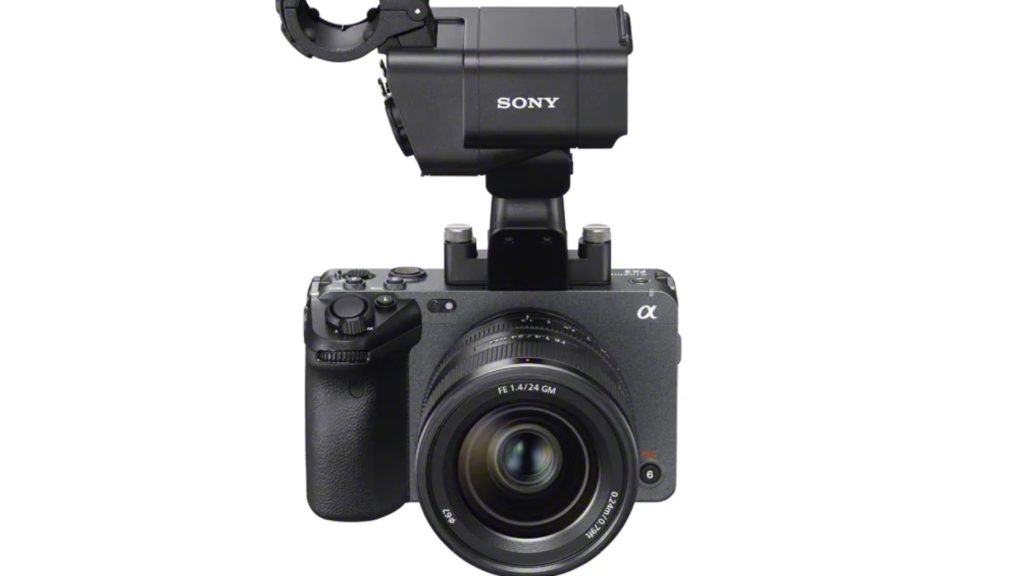
Sony FX3: The low-end camera of the Cinema Line
As the latest addition to Sony’s Cinema Line, the FX3 delivers a cinematic look and professional operability and reliability in a camera that is accessible to junior filmmakers, as well as suitable to be used as a B-cam combined with more high-end cinema cameras like the Sony’s VENICE, FX9, and FX6. This can be allowed thanks to the FX3 sensor and color science (S-Cinetone).
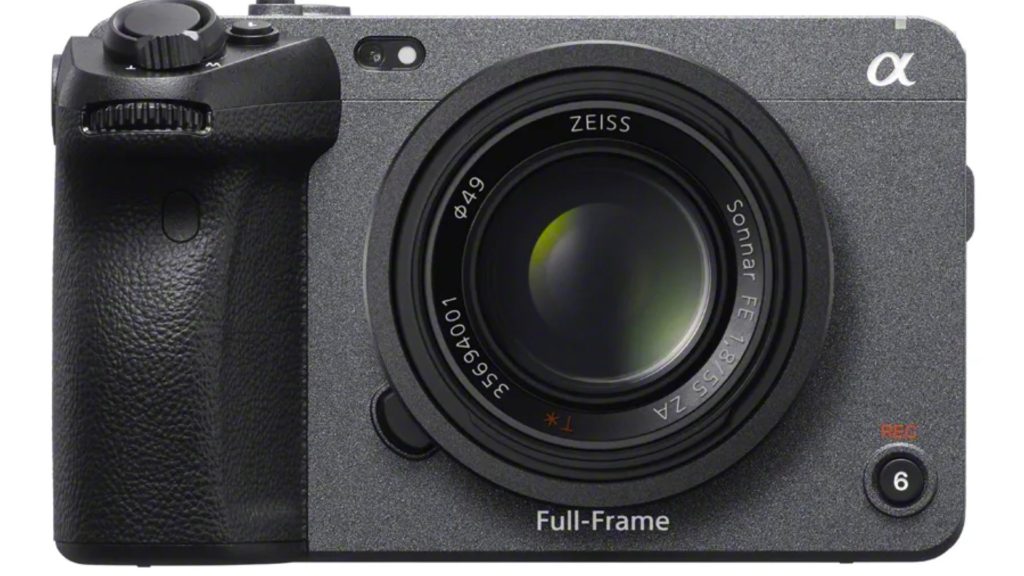
About Cinema Line
Cinema Line is a commonly used term lately, created by Sony, with the goal to describe a series of cameras that have a filmic look – cultivated from Sony’s long experience in digital cinema production – plus enhanced operability and reliability that respond to the wide variety of creators’ high demands. The Cinema Line includes the digital cinema camera VENICE, highly acclaimed in the feature and episodic production industry, the professional camera FX9, which is popular for documentary and drama production, and the FX6, for grab and shoot action and content creation. Sony believes that with the addition of the new FX3, the most compact camera in the series, this line will offer true versatile creative tools for all types of visual storytellers. Two of the main criteria for the Cinema Line are Full frame sensor and S-Cinetone (derived from the VENICE’s color science).
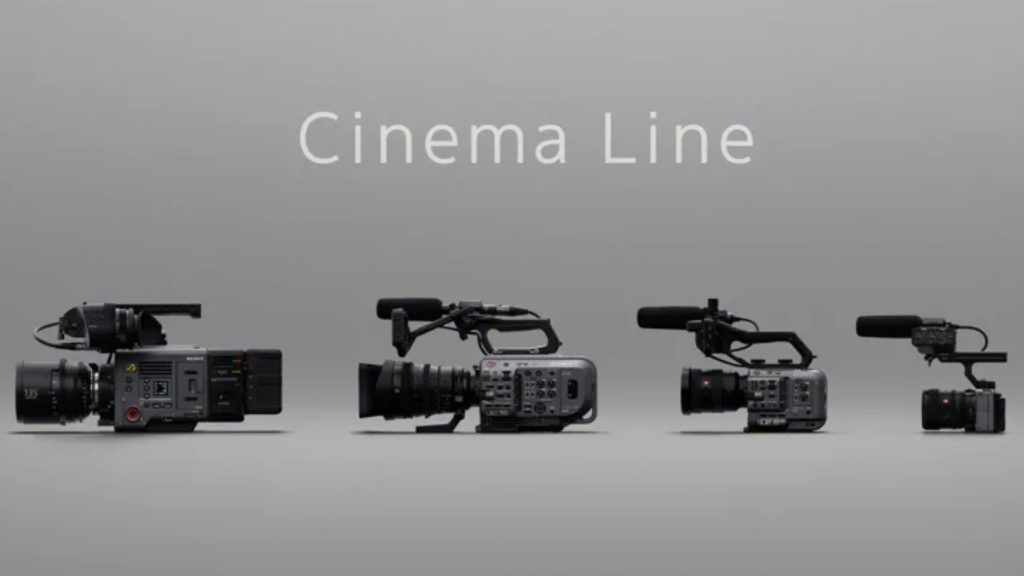
The FX3 was designed for solo-shooting
Although it’s not an 8K camera, the new FX3 holds some pretty solid specs: 15 stops of DR, S-Cinetone, Up to 409,600 ISO, 120 FPS at 4K, and more. The camera was designed for independent creators and solo shooters. For instance, the active mode for image stabilization allows the privilege of stabilized handheld shooting without the use of gimbals. Also, the rolling shutter artifacts are reduced thanks to the BIONZ XR processor. This technology allows capturing 4K Full-Frame (12.1MP Exmor R sensor), and up to 120FPS. Also, the supplied XLR handle securely attaches to the body via the Multi Interface Shoe without any special tools and provides three additional threaded mounting points for accessories, such as external monitors, recorders, wireless microphones, or other add-ons.
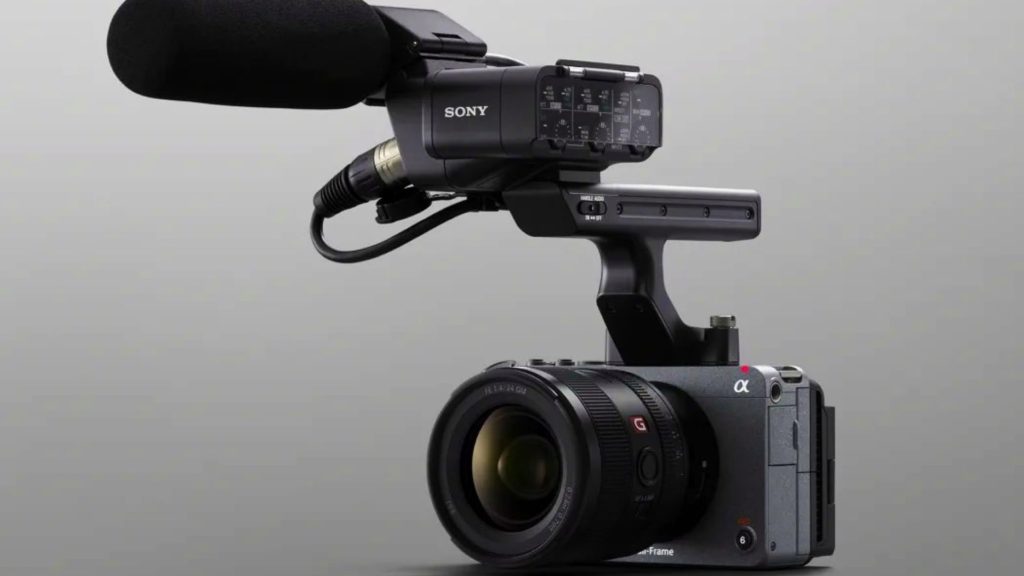
An inner fan inside a sealed body
The FX3 is characterized by an uninterrupted 4K 60p recording due to the inner fan. Furthermore, the camera is wrapped inside a lightweight magnesium alloy, and it’s dust and moisture resistant for outdoor use. Check out this BTS sample footage:
Video recording capabilities
- Up to 600 Mb/s XAVC S-I ALL-I H.264 codec recording
- XAVC HS codec recording with H.265 encoding for lower bit rates in Long GOP
- Internal 10-bit 4:2:2 recording to CFexpress Type A or SD memory cards
- External, 16-bit raw,10-bit 4:2:2 output via HDMI type-A port
- 8-bit XAVC S or 10-bit XAVC HS proxy capture
- 10-bit, 4:2:2 color available in all formats including HLG
- Full-frame UHD 4K high-speeds up to 120p
- S35 HD high-speed rates up to 240p
- Up to 5x slow-motion rates
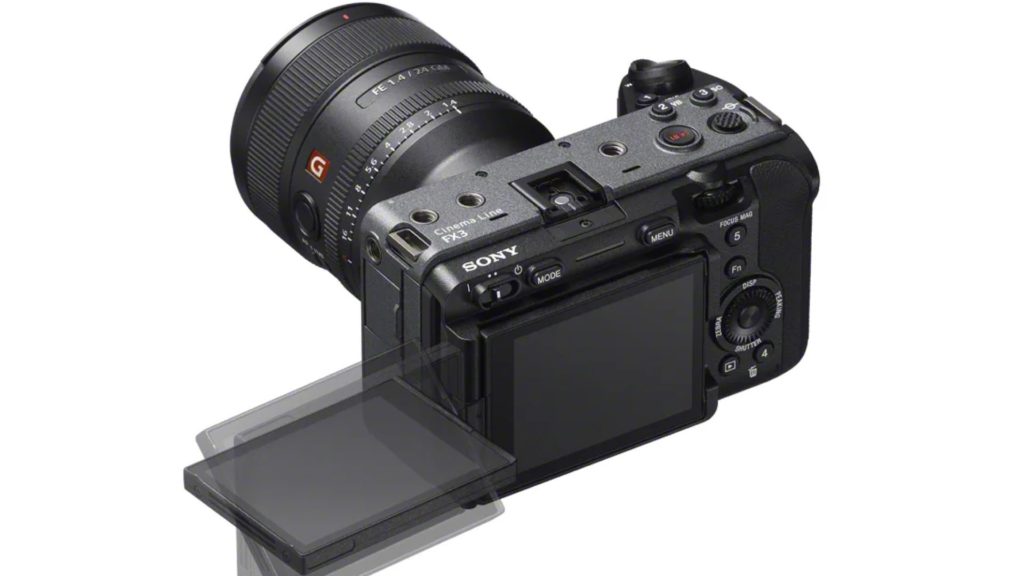
FX6+ a7S III = FX3
This FX3 combines the high-end video capture of the FX6 with the compact form factor of the a7S III. There are all own full-frame, back-illuminated 12.1MP Exmor R CMOS sensor and BIONZ XR processor, high-speed rates of 120p in 4K and 240p in HD, and dynamic range of 15+ stops. The FX3 is armed with the S-Cinetone, S-Log3, HLG, and Rec. 709 gamma options and internal fan to prevent overheating just like the FX6. On the other hand, it has the 5-axis in-body image stabilization, 16-bit raw output via HDMI, S-Log2 gamma choice, 80 to 409,6000 ISO range as the a7S III. That hybridization allows you to take advantage of these two models: The FX6 and the a7S III.
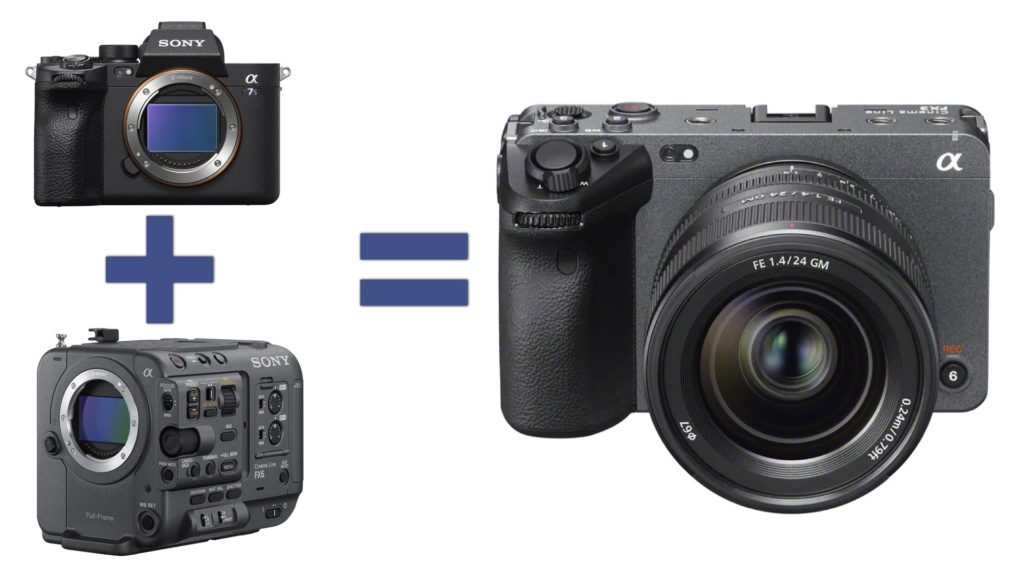
FX3 Product Highlights
- Compact and lightweight body design with high operability for hand-held shooting, gimbal, and drone-mounted work
- Multiple 1/4-20 UNC threaded mounting points to easily attach compatible accessories
- Detachable XLR handle unit with two XLR/TRS audio inputs and one 3.5mm stereo jack
- S-Cinetone™ look – inspired by the color science of the digital cinema camera VENICE – which is also used in FX9 and FX6 Cinema Line cameras
- Built-in cooling fan enables effective heat dissipation to support uninterrupted 4K 60p recording[i]
- Records up to 4K 120p[ii]
- 10.2 megapixel[iii] full-frame back-illuminated CMOS Exmor R™ sensor and BIONZ XR™ image processing engine
- Ultra-high sensitivity with ISO expandable to 409,600 for very low light conditions and 15+ stops of dynamic range[iv]
- Fast Hybrid AF (Autofocus), Touch Tracking (real-time tracking), and Real-time Eye AF, also used in other Alpha™ cameras
- 5-axis in-body image stabilization with “Active Mode”[v] supports handheld movie shooting
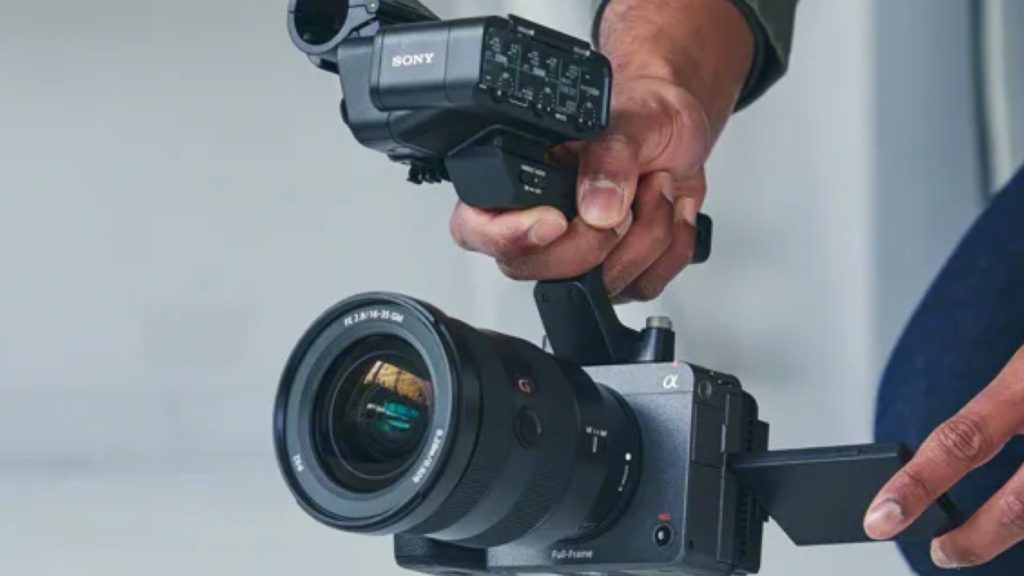
Pricing and Availability
The new FX3 full-frame Cinema Line camera will be available in March 2021 for approximately $3,900 USD and $5,000 CAD. It will be sold at a variety of Sony’s authorized dealers throughout North America. You get it on the B&H website.
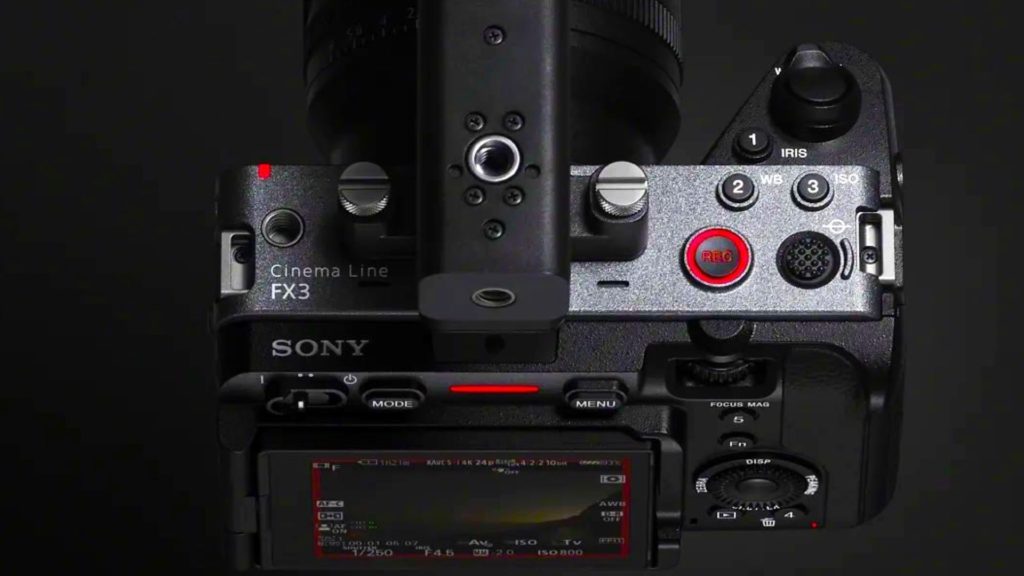
Summary: Alpha on Steroids
The Sony FX3 is the entry-level camera for the cinema world (=Cinema Line). Think of it as an Alpha on steroids. It has all the goodies of Sony’s acclaimed mirrorless, plus some advantages owned by the FX6. The FX3 indeed fades the line between the cinema and mirrorless, but it also cannibalizes the a7S models. What are your insights about the FX3? Comment below.
UPDATE (February 24, 2021):
Sony announced a new firmware update for the Alpha 7S III (Version 2.00) that allows users to utilize S-Cinetone.
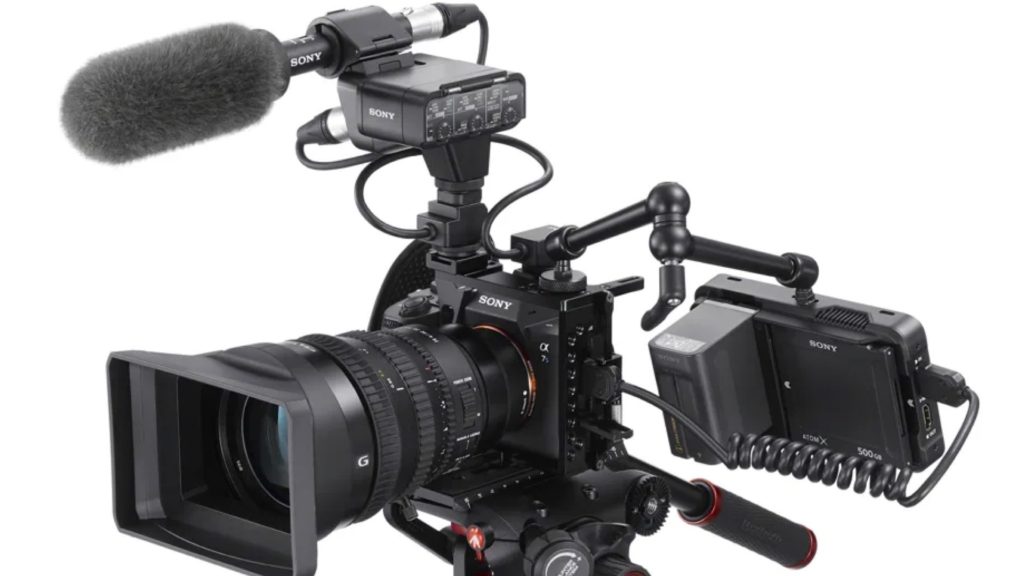
The new firmware is available to download for free. Why’s it important? Because now the gap between the Alpha 7S III and F3 is faded even further. We apologize for the title “Alpha on Steroids” which is not so accurate for the current comparison between those two cameras. Now, after the firmware update, the FX3 and Alpha 7S III are the same (more or less) cameras.

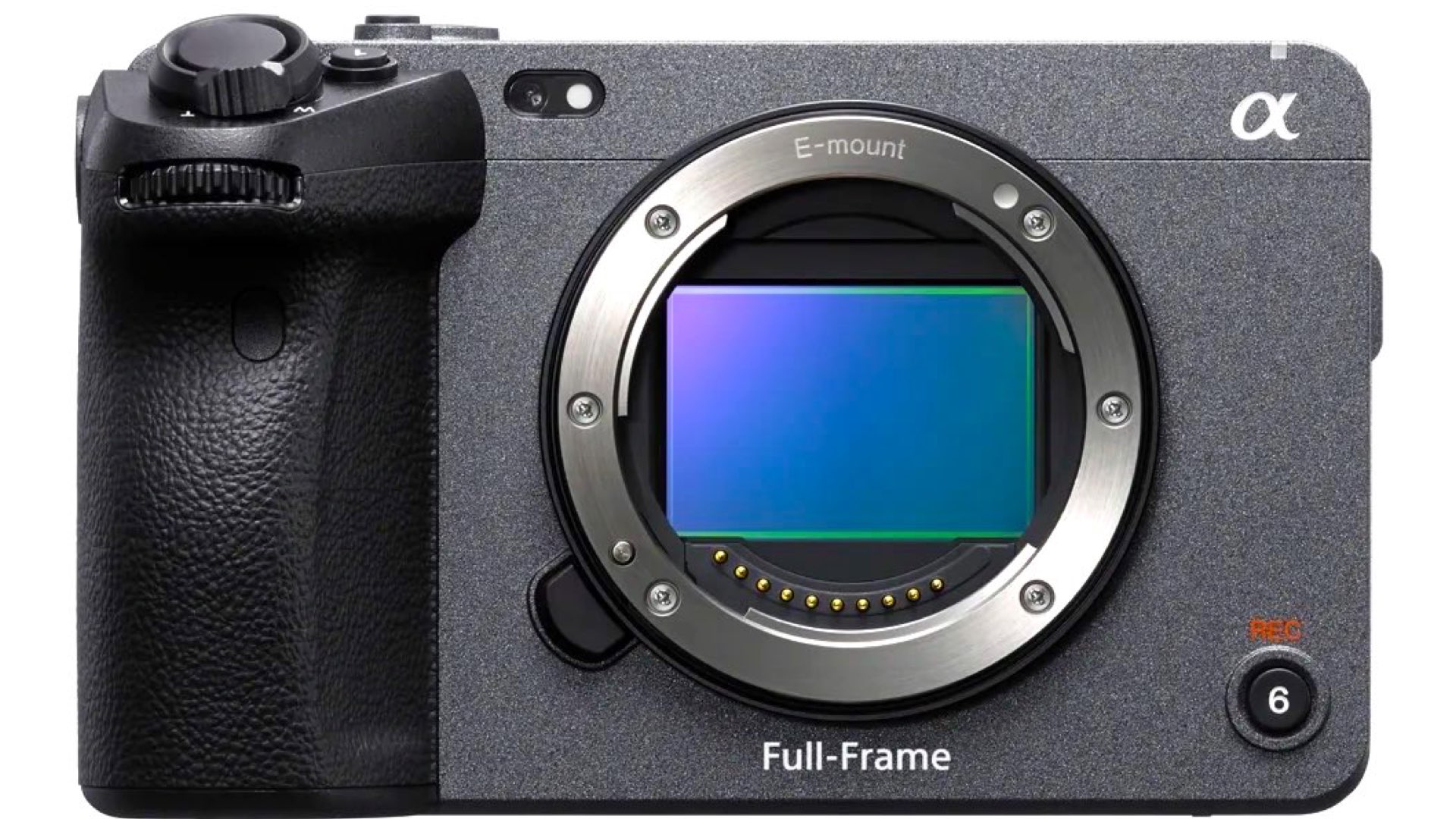





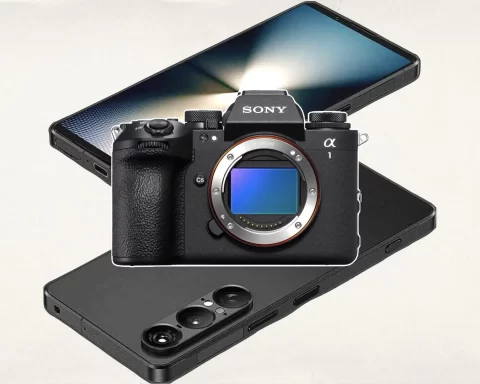

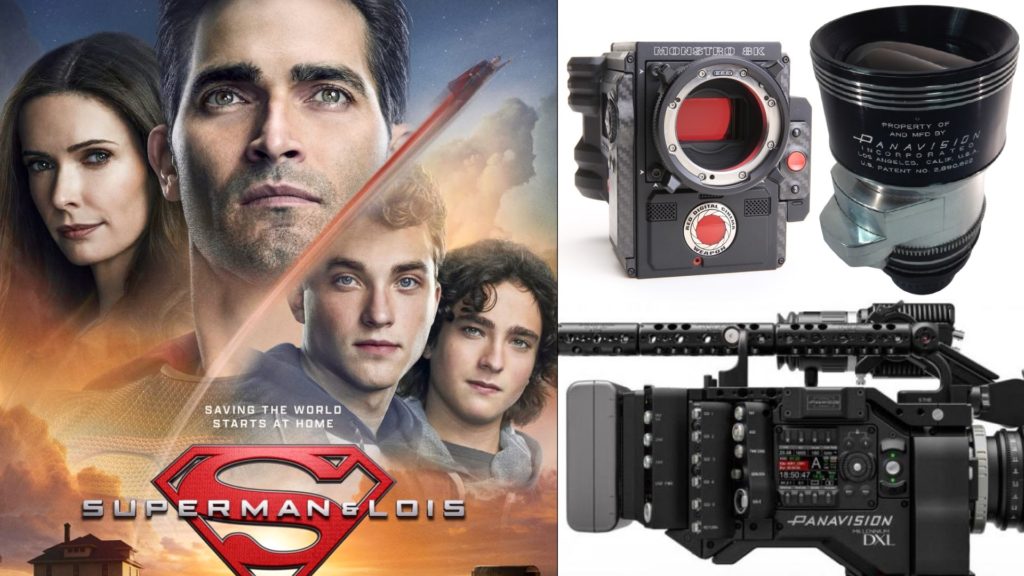
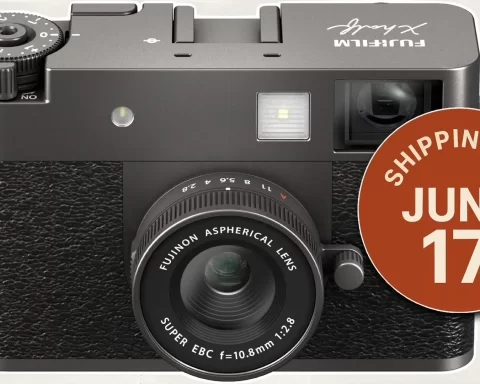
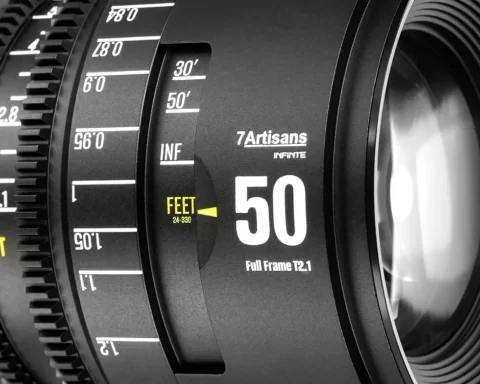
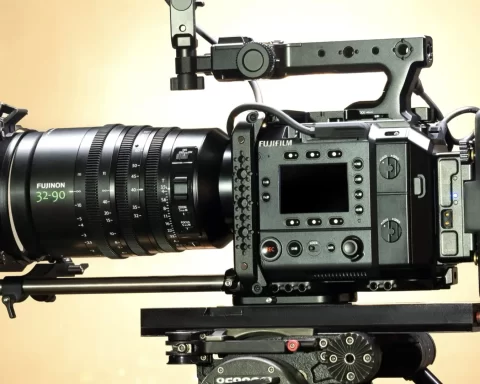
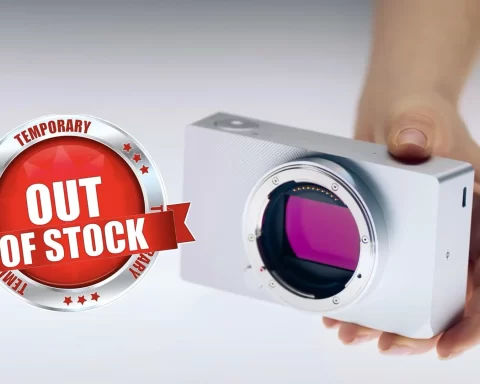

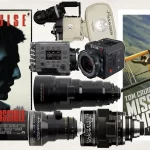
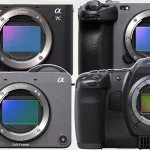
Fantastic to have as a B camera to my FX6, but where are the in-built ND filters, like the new Blackmagic Pro has?